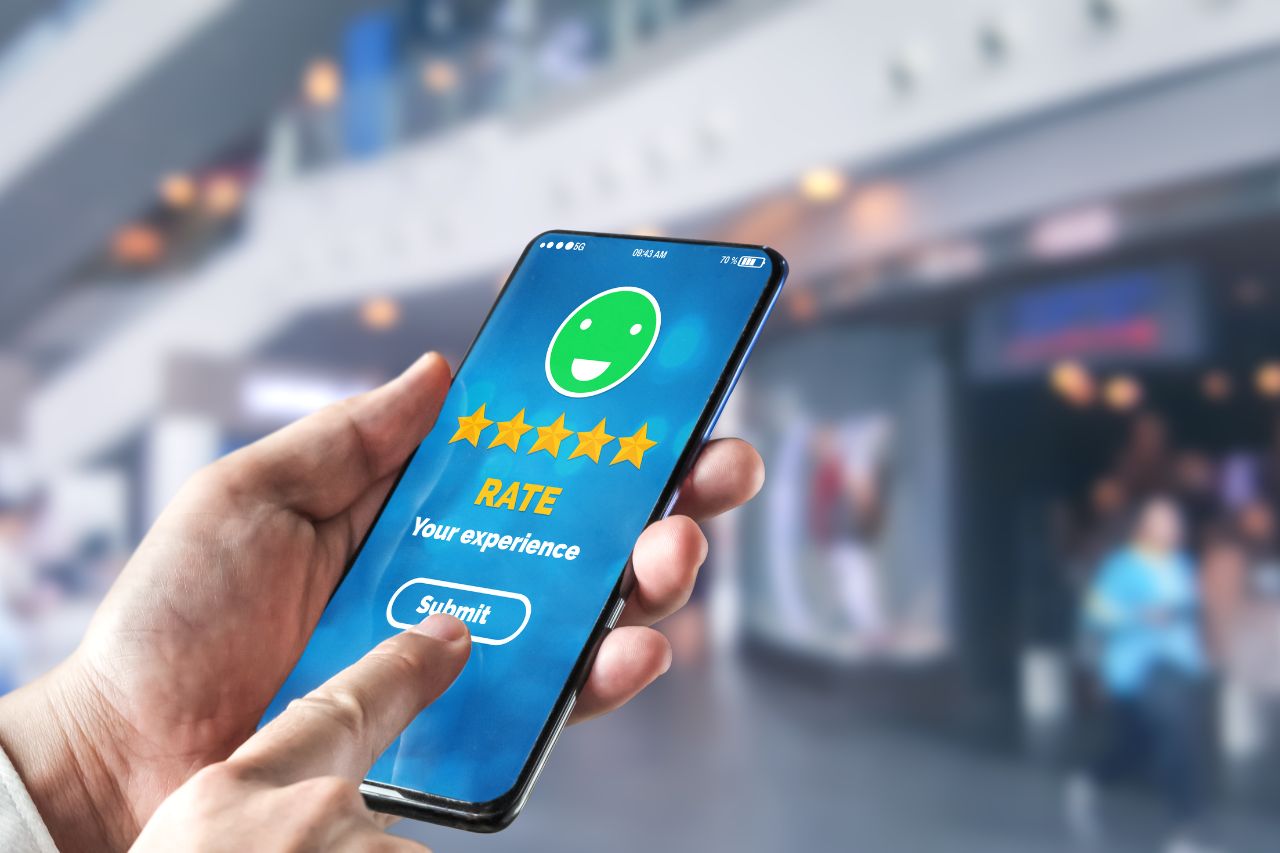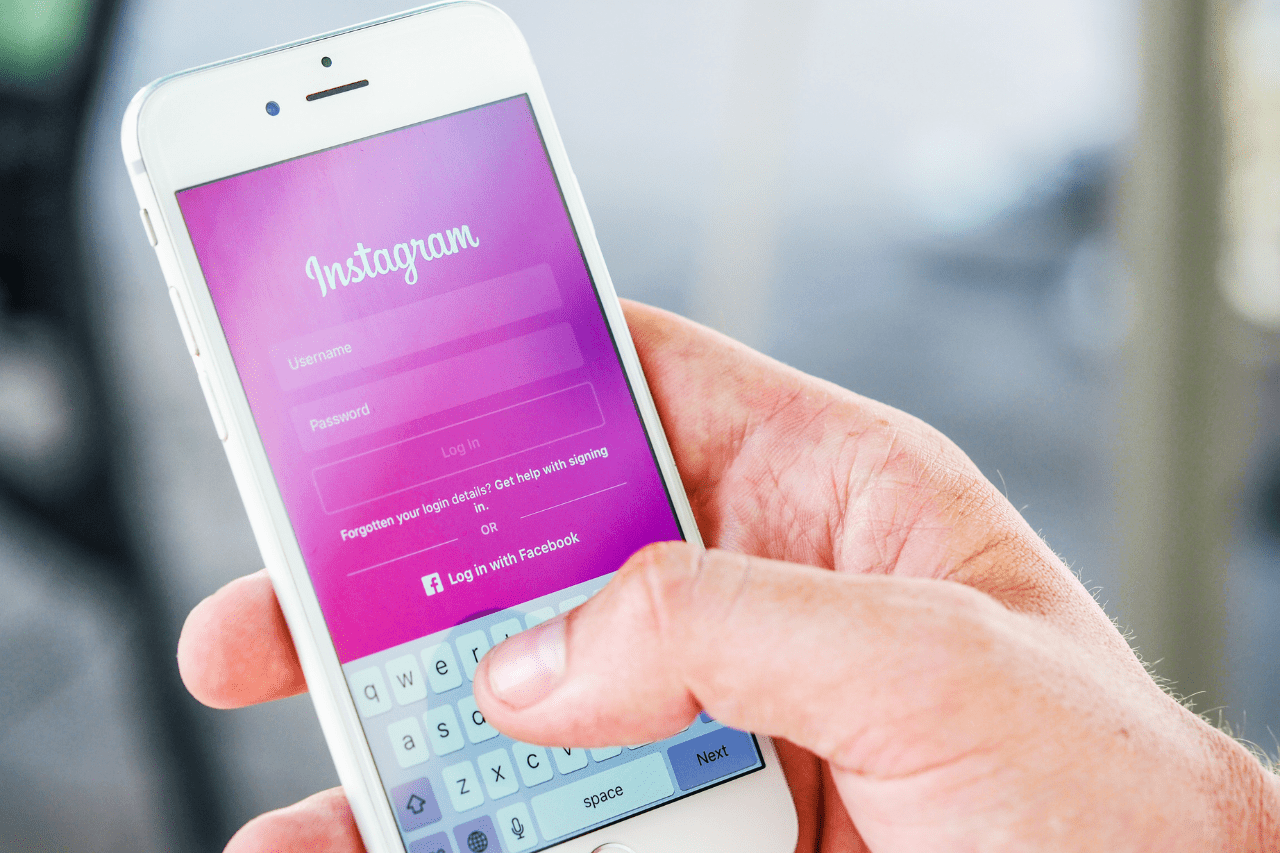Have you heard the saying, “The medium is the message?” Media theorist Marshall McLuhan made this claim to emphasize how messaging and delivery have an immense power to shape human thought and behavior.
Establishing an effective media strategy requires setting specific, SMART goals aligning with marketing and business objectives. These should be specific, measurable, attainable, relevant, and time-bound goals that you will aim to meet.
Print Media
Print marketing should not be overlooked when developing media strategies, as social media, PPC ads, and website optimization tend to dominate discussions about media consumption. With online ads becoming more cluttered and online advertising becoming less effective overall, diversifying your methods with traditional and digital approaches should become a key element in any media plan.
Print materials, like brochures, leaflets, and posters can provide your brand with an extra tangible element that helps build trust and credibility with customers – something which may be difficult to do online. People also tend to pay closer attention to advertisements in print media since they cannot be as easily dismissed compared to digital ads and may be revisited later.
Print media offers another advantage to businesses: its targeted distribution. This enables companies to ensure that their ads reach people most likely to respond, potentially increasing return on investment (ROI).
Print ads have the advantage of long-term impact; while someone might only spend seconds looking at an ad online before moving on to something else, people frequently keep and refer back to printed materials such as magazines or brochures, increasing recall and conversions.
Print materials can also be distributed offline, outside the traditional channels of distribution. This approach can be especially beneficial to local businesses who seek to build brand recognition within a geographic area, and/or target specific audiences such as B2B customers who may respond more readily.
Print media may seem outdated at first glance, but its relevancy cannot be denied. Print can provide an effective and unique means to reach specific niche audiences with powerful messages they will remember for years. Paired with digital strategies can further maximize results. To learn how print could fit into your media strategy contact Strikingly today!
Radio
Radio is an essential medium in media strategy. Reaching large audiences, radio can be used to promote brands, products, and services to a large demographic at low costs – an attractive option for businesses on tight marketing budgets. Furthermore, its targeted targeting allows businesses to achieve optimal audience targeting strategies in integrated marketing campaigns.
Radio advertising can be an effective tool in building brand recognition and customer loyalty, reaching a wide variety of consumers and connecting with local communities. When used alongside digital campaigns, radio can strengthen messaging while increasing impact; however, its evaluation can be tricky due to the difficulty of calculating the exact return on investment for campaigns.
Creative radio advertising requires unique thinking. To be effective, ads must engage listeners and encourage them to take action – this may involve word pictures, emotion-inducing sounds, and creative storytelling techniques. Furthermore, keep in mind that radio advertisements may be compromised by ambient noise and distractions and focus on communicating your message instead.
Radio provides advertisers with a variety of ad formats, from traditional commercials and live reads by radio hosts, to jingles. These formats can be combined to produce creative, engaging ads that meet the campaign goals and objectives. Radio also offers programs tailored specifically for targeting audience segments such as traffic reports, sponsored sports games, call-in contests, or long-form programming.
Radio is an invaluable medium, as it enables advertisers to customize content specifically for each audience segment they reach. Genres, hosts, and times of day can all be utilized to reach specific demographics; furthermore, it can reach a large and highly engaged audience; high-frequency advertising has proven more successful at raising brand awareness and driving customer actions than other channels.
Television
Media coverage plays an integral part in building brand image. Public Relations pros use media channels like television and social media to share a company’s mission and vision in a way that connects with its target audience, while advertising professionals utilize TV commercials to convey this message visually and create impactful adverts that reach target viewers. While digital marketing continues to gain ground, television remains an integral component of media strategies – so marketers must adapt their TV advertising plans with multiscreen tactics and programmatic advertising for maximum efficiency.
A media strategy must be founded on solid research and align with marketing and business objectives, yet flexible enough to adapt quickly to changing market conditions. Furthermore, you must consider how your campaign impacts target markets as well as the performance and ROI of various media channels when planning out your media plan.
Setting clear and measurable marketing objectives is also vitally important. This allows you to measure progress against set goals, as well as evaluate whether they were met successfully. If they weren’t, it may be time for further examination and revisions of the plan.
Determining the characteristics of your target audience or niche markets is of vital importance in creating an effective media strategy, including which types of messages need to be communicated and when. Furthermore, an effective media plan will help build brand recognition while increasing conversion rates.
Television is an effective medium for reaching large audiences, offering many avenues to engage consumers from commercials to soap operas and events. Television can quickly generate instantaneous responses and feedback from audiences as well as promote public awareness while creating positive sentiment.
An effective TV media strategy can increase brand recognition and solidify a good name for your company, leading to higher sales and profits as well as making household names of brands like yours. Studies conducted by marketing effectiveness researchers Les Binet and Peter Field indicate that campaigns using celebrity-based messages are 50% more likely to achieve larger business effects than campaigns using product-oriented messages.
Direct Response
Direct response marketing, also known as immediate action marketing, encourages immediate responses. It differs from traditional approaches which seek to increase brand recognition over time and build long-term product awareness. Direct response campaigns can use various channels such as social media, email, digital radio, and more to generate leads – the key factor being an irresistible offer that compels immediate action from potential consumers.
To develop an effective media strategy, marketers must understand both their target audience and product or service offerings, as well as which media platforms would best fit specific campaigns. Furthermore, marketers must create a detailed advertising plan with budget considerations, media channel selection criteria, message dissemination plans, etc. in place.
Additionally, your strategy must be flexible enough to adapt to ever-evolving market conditions. Monitoring key performance indicators (KPIs) is crucial for measuring success and making any necessary adjustments; realistic benchmarks based on industry standards and historical data can be set as indicators of this goal.
An effective media strategy aligns with marketing goals and targets its intended audience while conducting competitive analyses and using demographic information to find appropriate messaging. Furthermore, this strategy often involves creating and sharing content across social media platforms to reach this audience.
Last but not least, any campaign should be designed for ease of response. This can be achieved by providing potential customers with contact details like a phone number or website address to reach out directly. Incorporating urgency such as an expiration date or limited stock supply into creative is also advised; this will increase the conversion rate.
An effective media strategy will enable businesses to meet their marketing goals and expand their market. Through various types of media channels, marketers can promote products and services at cost-effective rates while improving reputation by increasing brand visibility – leading to higher returns on investment. It’s important to remember though, that an effective media strategy shouldn’t be overused or misused.











